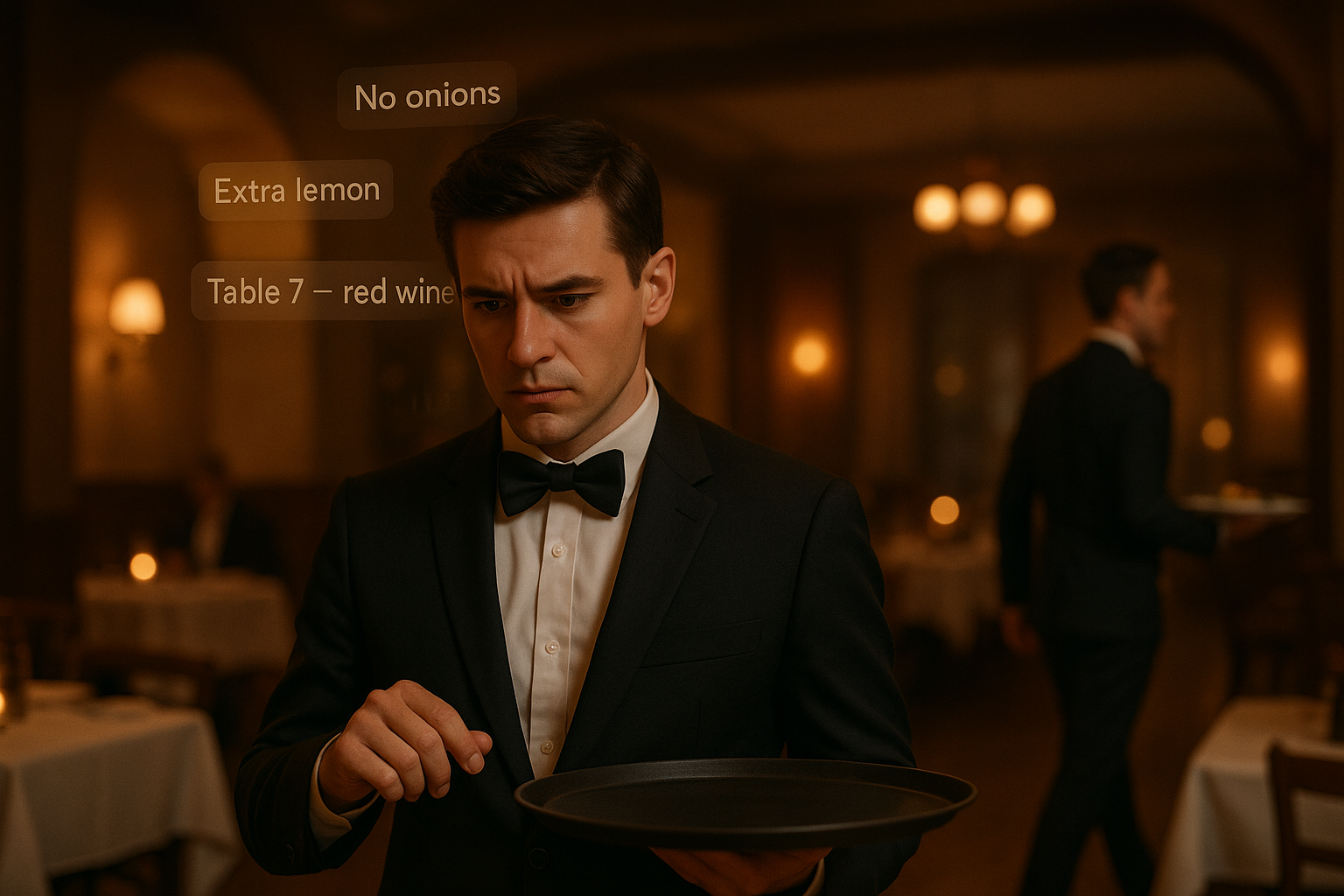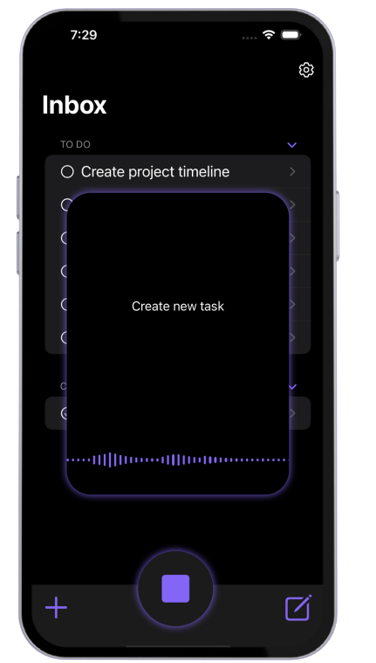Have you ever wondered why your brain keeps looping unfinished thoughts, replaying open conversations, or clinging to a task you didn’t complete? That persistent mental itch may be explained by the Zeigarnik Effect — a psychological phenomenon that reveals why our minds struggle to let go of the incomplete. Picture this: a waiter remembers your complex order with perfect clarity — but forgets it minutes after serving the meal.
Why? Because once the task is complete, the mental tab closes. Yet in daily life, not all tasks, emotions, or stories come with closure. That’s where the Zeigarnik Effect quietly hijacks our focus, our memory — and sometimes, even our peace of mind.
The Zeigarnik Effect is named after Bluma Zeigarnik, a Soviet psychologist who stumbled upon this insight during a visit to a bustling Viennese café in the 1920s. She noticed that waiters could effortlessly recall complex, unpaid orders — but seemed to forget them as soon as the bill was settled. Curious, she returned to the lab and conducted a series of experiments with students.
The result? Participants were twice as likely to remember interrupted tasks than those they had completed. Zeigarnik concluded that incomplete tasks create a kind of cognitive tension — an open loop that keeps the mind alert until resolution is achieved.
But the Zeigarnik Effect doesn’t stop at to-do lists or forgotten errands — it shows up in our emotional lives too. Think of the argument you never got to finish, the goodbye that never happened, or the apology you never received.
These are not just memories; they are unfinished mental loops, echoing through our minds because they lack closure. Incomplete conversations or unresolved feelings can occupy our mental space for days, months, or even years. The brain treats emotional incompletion the same way it treats a paused task — it keeps it open, nagging, waiting, unresolved.
Scientific Studies Supporting the Zeigarnik Effect
One of the most famous validations of the Zeigarnik Effect came from Bluma Zeigarnik’s original 1927 study, where participants were asked to complete simple tasks like puzzles and math problems. Some were allowed to finish their tasks, while others were interrupted.
The results showed that interrupted participants recalled their tasks 90% more than those who completed them. Since then, multiple researchers have confirmed the same phenomenon. In 1965, John Baddeley expanded on Zeigarnik’s work, showing that memory retention is significantly higher for incomplete tasks, especially under time pressure. More recent cognitive neuroscience studies using fMRI have even shown that the brain’s prefrontal cortex remains more active when a task is pending — as if it’s constantly on mental standby, waiting for resolution.
Why the Zeigarnik Effect Makes To-Do Lists So Powerful
Have you ever felt that little rush of satisfaction when checking something off a to-do list? That micro-dose of joy isn’t just in your head — it’s in your brain chemistry. According to the Zeigarnik Effect, writing down a task helps your brain recognize it as “in progress,” which in turn reduces the cognitive tension of trying to remember everything. Even more, crossing it off signals closure — which your brain deeply craves. The act of completing a task closes the mental loop, allowing your mind to release the energy it was using to hold onto it. That’s why productivity tools, bullet journals, and even sticky notes can feel like mental therapy.
How to Use the Zeigarnik Effect to Boost Focus and Productivity
The Zeigarnik Effect may sound like a cognitive trap, but when understood correctly, it can actually work in your favor. By recognizing that your brain clings to incomplete tasks, you can design your workflow to use this tendency as a motivational engine. For example, starting a task — even with just a small step — creates a mental loop that your brain will want to close. This is why “just start” is more than a cliché; it triggers momentum.
Creating visible progress indicators like checklists, kanban boards, or even post-it walls can give your brain the sense of movement and control it craves. Breaking down large goals into smaller, manageable actions helps reduce overwhelm while still tapping into the Zeigarnik Effect to keep you engaged. Even leaving a task intentionally half-done — like writing the first sentence of an article before stopping — can prime your brain to return to it more easily later.
Final Thought
Understanding the Zeigarnik Effect gives us more than just a psychological fun fact — it offers a framework for improving how we think, plan, and live. By learning to manage the open loops in our minds, we reduce mental fatigue and regain focus in an age of endless distractions.
If this topic fascinates you, a must-read is “Getting Things Done” by David Allen, a classic productivity book that aligns beautifully with the science of incomplete tasks and cognitive closure. Allen’s method focuses on capturing all tasks outside your head and into a trusted system — a concept deeply rooted in what Zeigarnik discovered nearly a century ago.
And here’s a quote to close the loop:
“Your mind is for having ideas, not holding them.” — David Allen
Because sometimes, all it takes to calm your mind… is to save it to Vozly. 🙂



